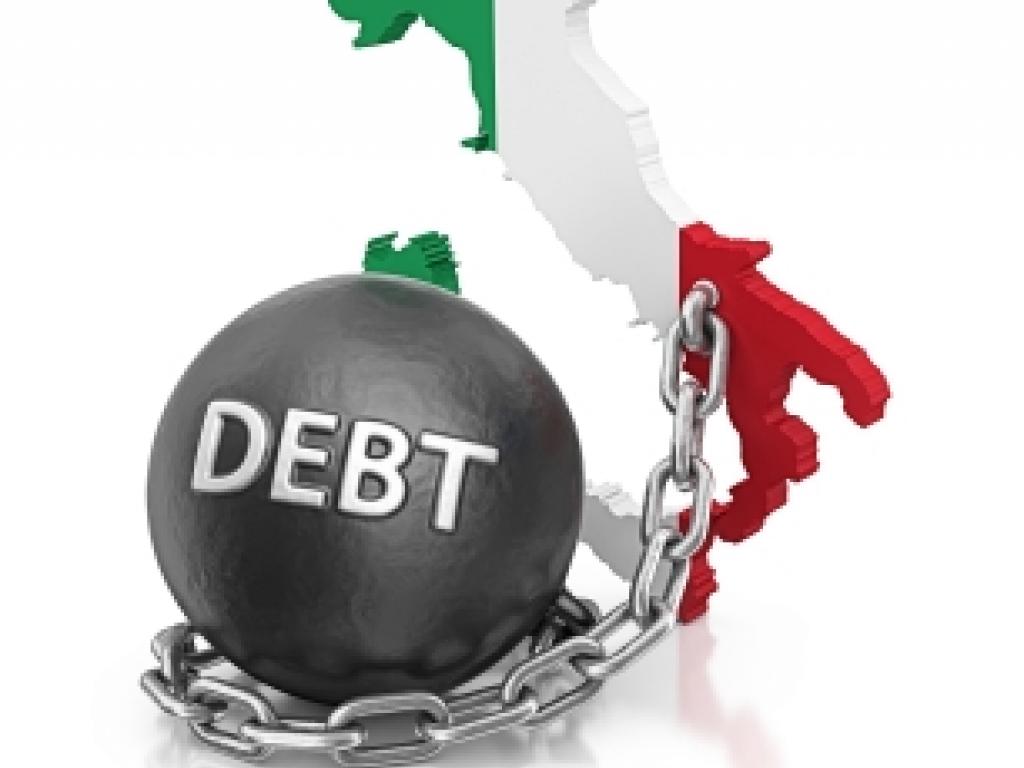
Hoping for a different epilogue to this Italian drama
Back in March when covid-19 hit Italy (and the world was still coming up the learning curve on the virus), Italians (and many non-Italians) were first convinced of the seriousness of the disease by the images of patients hooked up to ventilators and later the videos of Italians doctors in personal protective equipment (PPE) and patient’s relatives talking of losing loved ones. The lockdown became real, as some Italians describe it, and the world seemingly followed their lead into lockdown.
The Italians had already passed through all the stages of understanding the virus—to be clear, not stages of denial. Their myriad of reactions very much characterized what has been seen in other countries—many Italians did not want a lockdown, others blamed the virus on China, and numerous politicians were saying the virus was an exaggerated flu. These responses were late January when Italy declared a state of emergency and was one of the first countries to block flights from China. The first confirmed case in Italy was on February 21, a 38-year-old man hospitalized at Codogno Hospital in northern Italy. On March 9, Italy would commence a countrywide lockdown.
As the second wave of cases hits Europe, there is not much convincing required on the seriousness of the virus. The same cannot be said about the growing challenges in the Italian economy. Debt is flowing into an economy that already has its share of bad loans in the financial ecosystem but there is little concern. It is the covid-19 pandemic thus why worry about a financial crisis, right?
How has covid-19 affected the Italian economy?
The entire country was in a strict lockdown for nearly three months from early March to late May. To no surprise, the lockdown significantly impacted the Italian economy with GDP crashing 5.4% and 12.4% in the first quarter and second quarter of 2020. The Italian economy is expected to contract 11.2% for the entire fiscal year of 2020, according to a report from the European Commission, which is a bigger contraction than expected in France (10.6%), Greece (9%), and Spain (10.9%).
All the numbers suggest the V-shaped recovery imagined in the early months of the pandemic is not happening, especially as there is no vaccine. Italy has recorded more than 543,000 covid-19 cases with more than 37,000 deaths. And the daily cases of about 18,000 to 20,000 is 3x higher than the peak days of March with a new increase in hospitalization levels.
The pandemic accordingly continues to suppress economic activity with strict localized lockdowns and some economists suggesting things will get worse before they get better. Even if Italy (and the rest of Europe) escapes these lockdowns, economic activity will be constrained by consumer fear and national restrictions and likely international restrictions on entertainment, travel, and tourism (including hospitality).
Tourism, for example, which is roughly 13% of Italian GDP, remains hampered by the spread of the virus with international tourists arriving in the country plummeting nearly 60%, according to the Italian national tourism agency (ENIT). Other sectors that have been dramatically impacted by covid-19 include manufacturing (-22.1%), energy (-15.9%), fashion (-14.1%), and automotive (-9.1%), according to Italian bank, Mediobanca. The only sectors spared in the economic recession are pharmaceuticals and food distribution.
Saving the Italian economy but at a cost…
The Italian government has tried to help the economy through a series of regulations, largely at the start of the pandemic, including non-repayable loans, tax credits and exemptions, and payment support for furloughed employees.
Italy will receive an estimated 209 billion euros from European Union’s 750 billion euro Recovery Fund – in other words, the country will receive roughly 28% of the fund, which will be divided into grants (63.7 billion euros), loans (127.6 billion euros), and other contributions (17.6 billion euros). Early messaging from the government suggests a significant portion of the funds will be poured into hospitals (and the larger healthcare sector) and transport coupled with some tax reform.
Prime Minister Giusepe Conte described the funds as a “historic opportunity and a huge responsibility” – such words already have critics of Italian officials on high alert. Those critics – a mix of economists and investors soured by previous European debt crises – struggle to see how the country escapes its internal bureaucratic system and targets investment towards profitable projects, i.e. those that reduce the north-south divide, diversify the economy, boost transport and digital infrastructure, and increase the birth rate.
Furthermore, this support comes at a cost, particularly as the government has borrowed significantly to underwrite these economic measures. Italian public debt is projected at about 160% of GDP by year’s end, compared to 135% of GDP last year, again with negative economic growth in 2020. Only Greece will have a higher debt to GDP ratio in the E.U.
As the data shows, economic growth will not return soon…thus the lack of a V-shaped (or L-shaped recovery) suggests the Italian government will struggle to bring debt-to-GDP in line with other E.U. countries. Economic growth is expected to return in 2021 (projected at 6.1%) but that estimate assumes a return to a sense of normalcy which is not exactly obvious to the market today. For example, Conte summoning the Italian supreme defense council to discuss potential deployment of military staff to contain rioting and carry out covid-19 swab tests does indicate the covid-19 is in the rearview mirror.
Italy (alongside Greece) sadly is viewed as the weakest link in the E.U. Austerity plans helped debt levels in the past, but debt overhang will remain an issue that budget cuts cannot fix. Not to add that austerity is not palatable in today’s pandemic let alone significant budget cuts. Adding to the challenges is the fragile banking system which was hampered by bad loans prior to the pandemic. The economic downturn and increased missed payments and defaults will surely weaken bank balance sheets, which, to be fair to Italy, will be the norm across the E.U.
That said, it is worth remembering that the risk and instability being discussed is related to the third-largest economy in the euro zone (i.e., excluding the U.K.) after Germany and France. Thus, the risk to the E.U. financial ecosystem is hard to ignore. Brussels will want to use the recovery funds to dictate some better behavior by Italian officials and bankers. But Italy has long resisted demands for unpopular reforms handed down from E.U. officials as part of funding and economic support.
The recovery funds (and the excited Italian response) suggest that the grand European bargain from the last European sovereign debt crisis may still be the norm. But Italian Mario Draghi is not running the show anymore and it is not clear that the E.U. could underwrite another crisis with euros (or patience). For example, how can the stable Germany maintain its support and patience for Italy (and Greece)?
Italy continues to be at the center of many E.U. financial crises yet also considered key to the solutions in the E.U…solve economic challenges in Italy and you could potentially unlock the unimaginable growth and prosperity for the country and the eurozone. This is sadly the story of hope every time when bankers talk Italy amid a crisis (or pandemic). Hopefully, the epilogue to this story will be different – absent the economic despair and disappointment of previous times.
